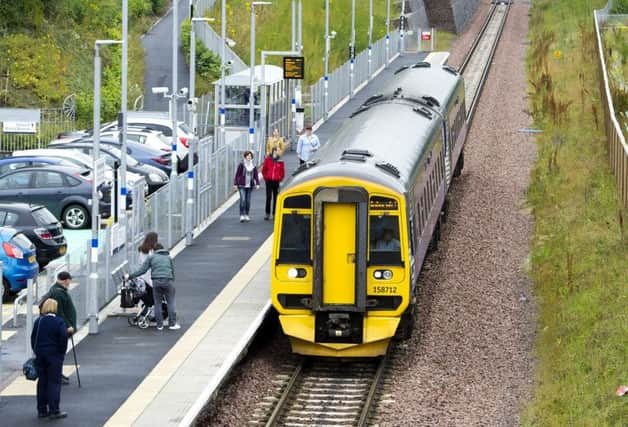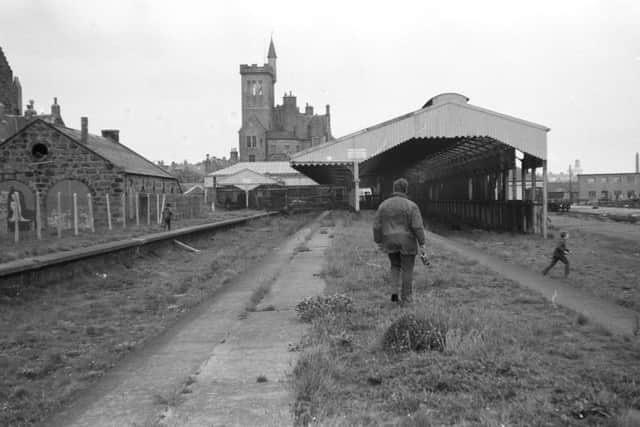Can the demand for new railway stations in Scotland be met?


The question now is whether the clamour for additional stations can be satisfied given the limited funding available and a political machinery stretched by the UK’s planned exit from the European Union.
Last week, trains passed through the new station in Forres for the first time - a replacement for the Moray town’s Victorian transport hub, built as part of an on-going project to increase capacity and improve journey times to below two hours on the line between Inverness and Aberdeen.
Advertisement
Hide AdAdvertisement
Hide AdAcross Scotland, there are numerous proposals - with varying degrees of official backing - for towns and villages to be connected to the rail network.


They have been inspired by the success of the partly reopened Borders railway - which added seven stations along a 30 mile route from Edinburgh to Tweedbank - and earlier projects such as the £300m Airdrie-Bathgate link, completed in 2010.
More openings are planned. In February, Scottish Borders and East Lothian councils agreed to back Scottish Government plans for stations at Reston and East Linton. But what makes these projects relatively straightforward is the settlements are next to the east coast mainline - meaning the expense of track laying is not required.
That’s not the case in St Andrews, the historic Fife town beloved by tourists and golf enthusiasts. Despite being an economic hub and the home of a leading university, it lost its rail link in 1969.


The St Andrews Rail Link campaign (StARLink), founded in 1989, published a report in June highlighting the benefits of re-opening a five-mile line to the town from Leuchars.
However, a funding bid for a detailed appraisal had still to be confirmed as part of the Tay City Deal project to be submitted to the Scottish and UK governments for approval.
New lines can only be progressed if they fit wider public policy objectives as well as offering a robust business case.
Elsewhere in Fife, campaigners are in process of piecing together detailed plans for the reopening of a five-mile line from Leven to Thornton.
Advertisement
Hide AdAdvertisement
Hide AdA petition to reinstate it, launched by the Levenmouth Rail Campaign group, has so far attracted 12,500 signatures.
Following the Borders railway reopening, the unwanted title of being the farthest towns from the UK rail network passed to Fraserburgh and Peterhead.
The two major fishing ports north of Aberdeen were victims of the Beeching cuts of the 1960s. Last year, Aberdeenshire Council’s backed the development of fresh road and rail links from Ellon to Peterhead and Fraserburgh.
Given a full reopening would require some 55 miles of track north of Dyce - at an estimated cost of £700m - a phased reopening seems more likely, should it win central government backing.
As with all largescale public infastructure projects, politics is key.
The Scottish Government has criticised UK Government plans to replace traditional rail borrowing facilities with grant payments, with SNP ministers believing it could leave as much as a £600m funding gap for projects to increase rail capacity and threatening future projects to improve the network north of the border.
MSP Richard Lochhead, who opened the new Forres station, said: “We have invested over £7.7 billion to maintain and upgrade Scotland’s rail tracks, stations and trains, and will invest an additional £5 billion before 2019. “Meanwhile, the UK Government is trying to dress up a £600 million gap in funding for Scotland’s railways as something we should be grateful for. These cuts to the Scottish budget for railway investment risk vital improvements to the network.”